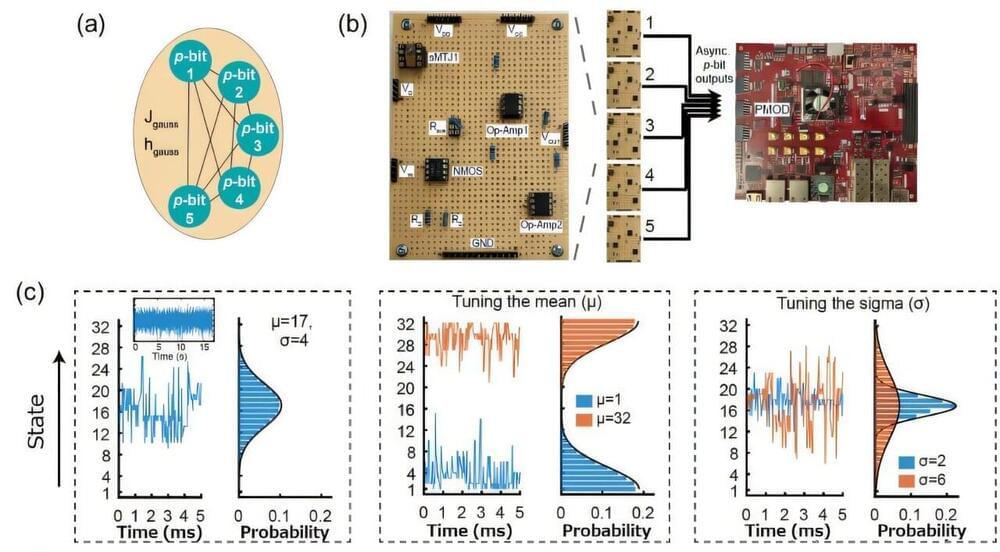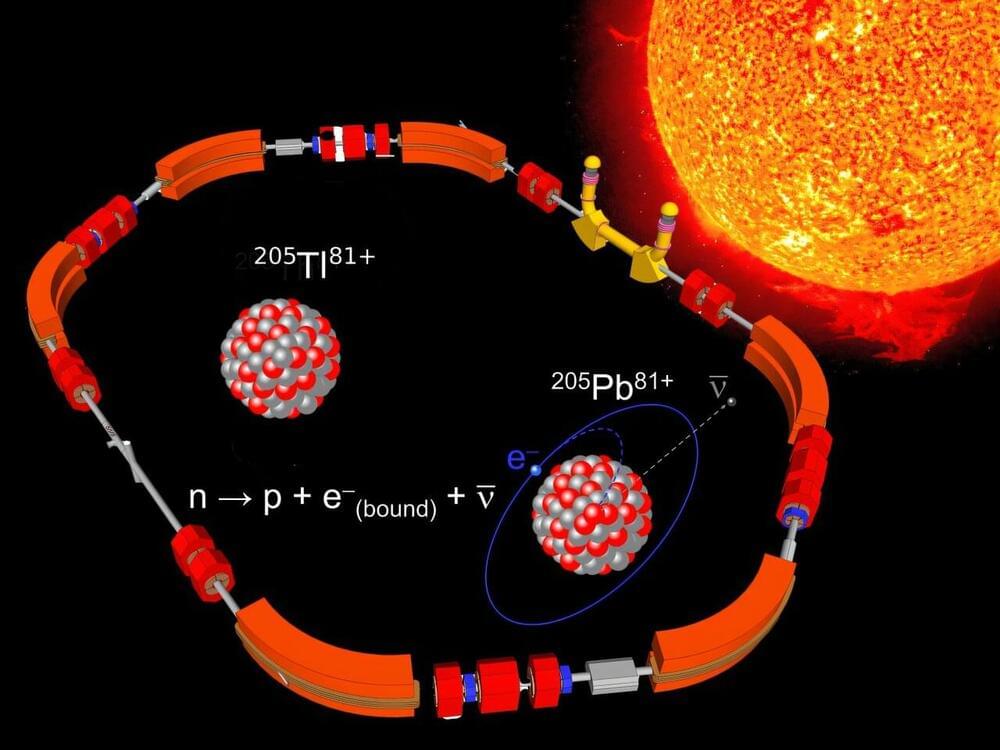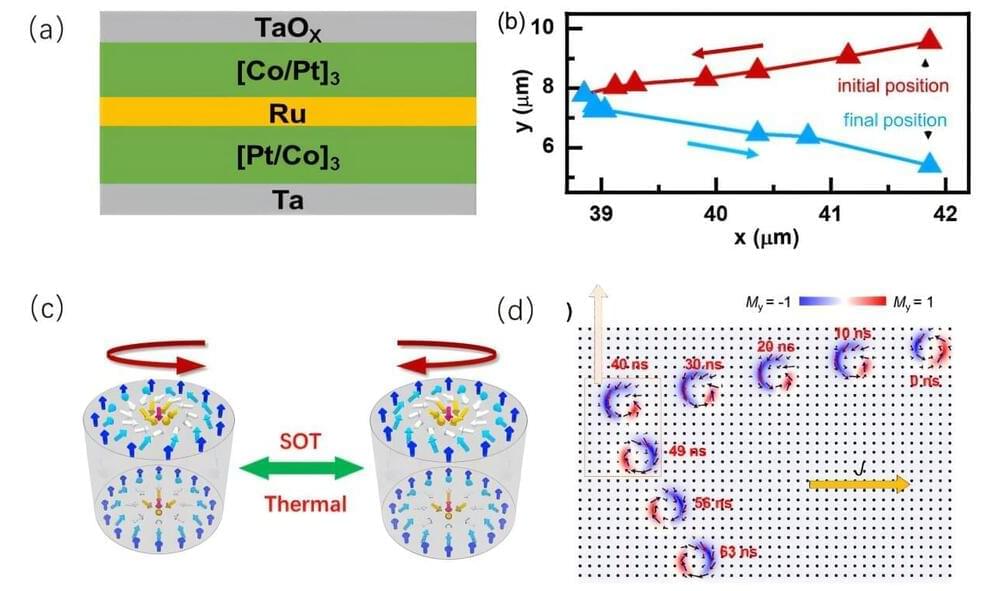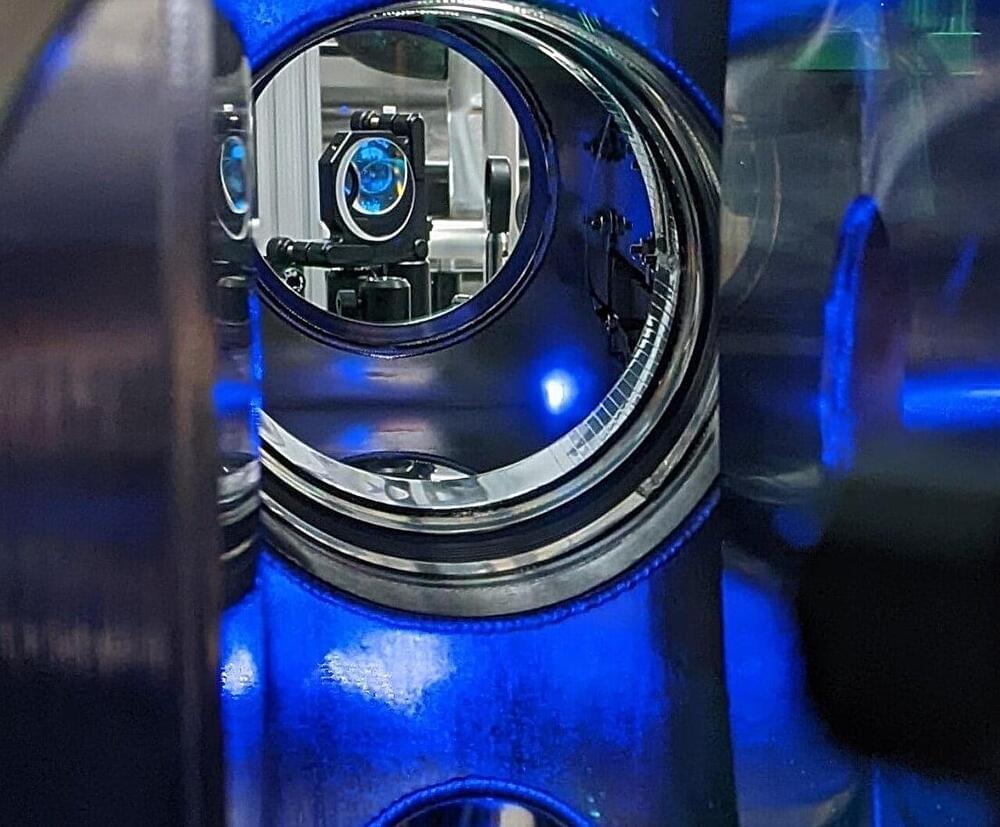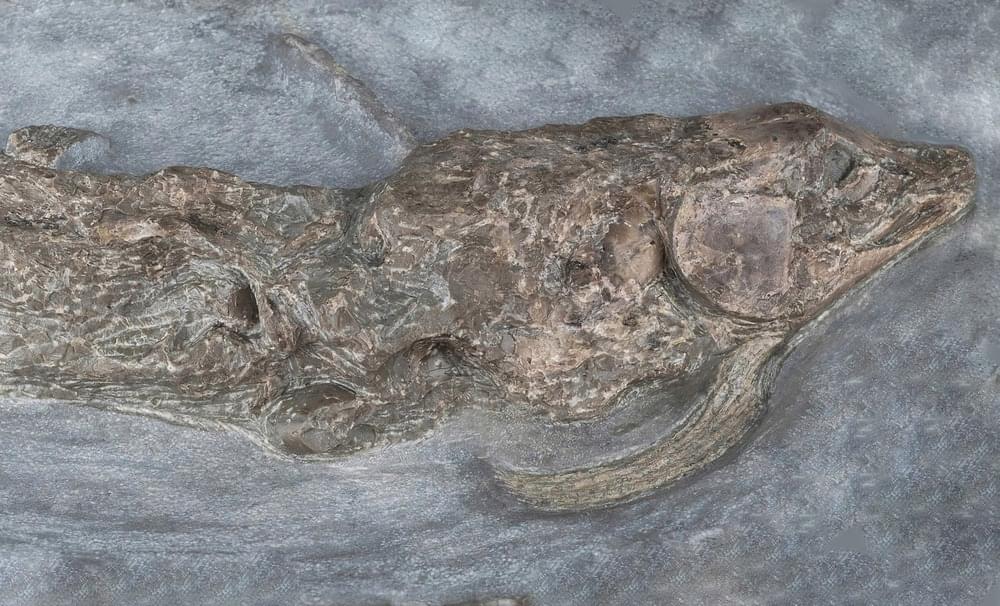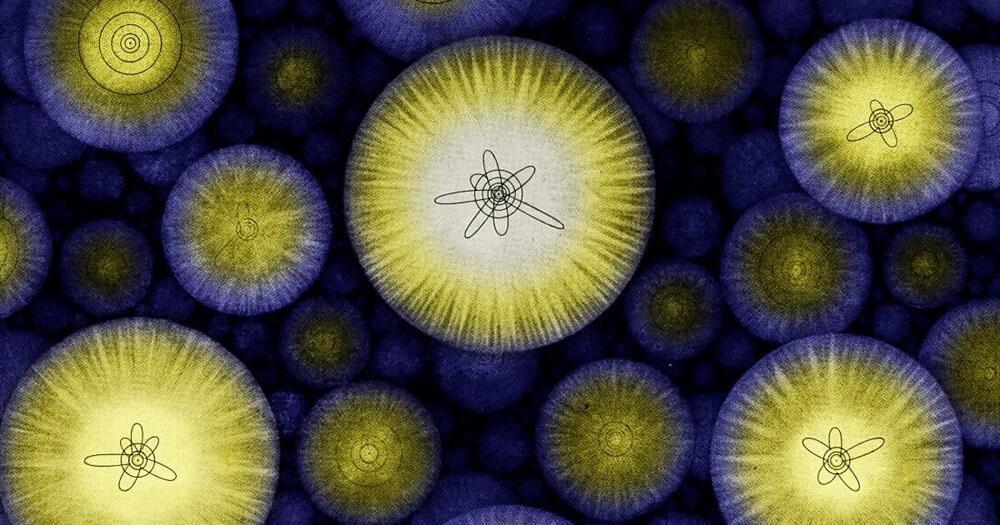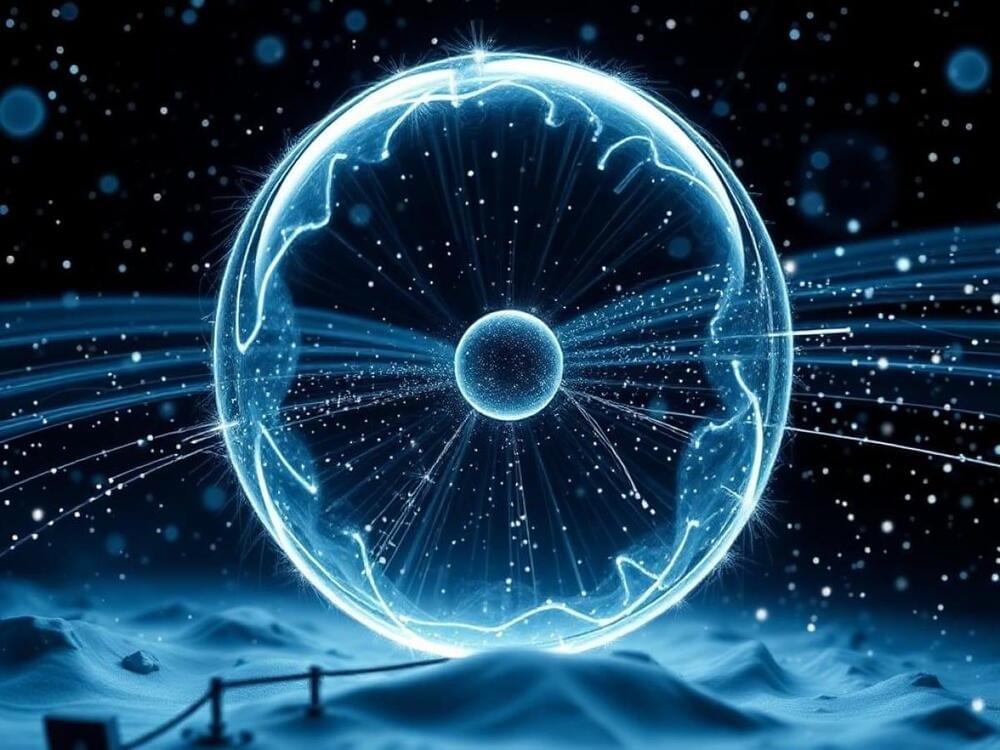Chondritic meteorites (chondrites) are some of the oldest rocks in our solar system, forming 4.5 billion years ago. Therefore, their primitive composition means that they offer a window into the origins of planet formation, particularly as their major elements (heavier than hydrogen and helium, including oxygen, silicon, magnesium, iron and nickel) closely reflect the sun’s photosphere composition.
Melting and clumped accumulation (accretion) of dust particles at high temperatures (up to 2,000 Kelvin [~1,727 °C]) in the protoplanetary disk formed crystallized silicate spheres known as chondrules, which further joined together to produce asteroids, the remnants of planetary genesis.
There are two main types, believed to have formed in the inner and outer solar system respectively: ordinary chondrites are composed of up to 90% chondrules, while carbonaceous chondrites have only 20–50% chondrules within a background matrix.

